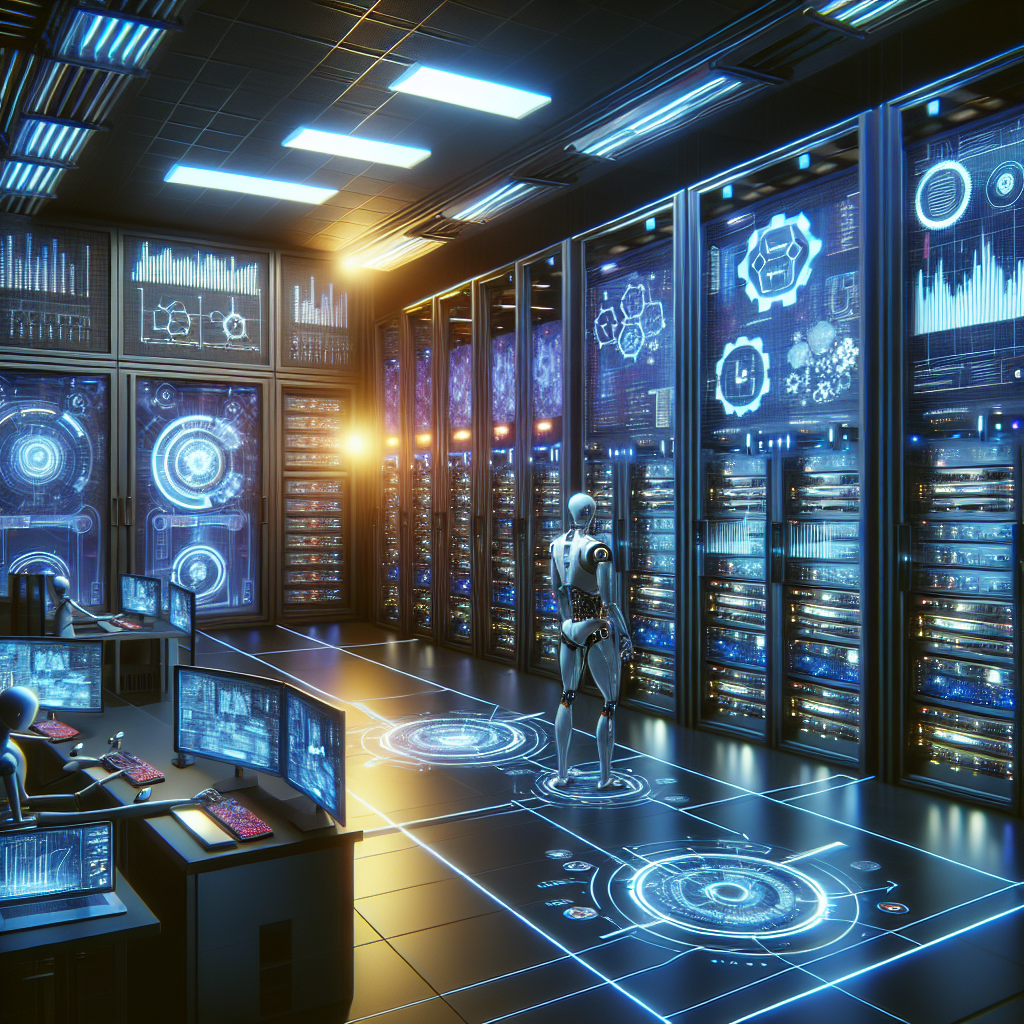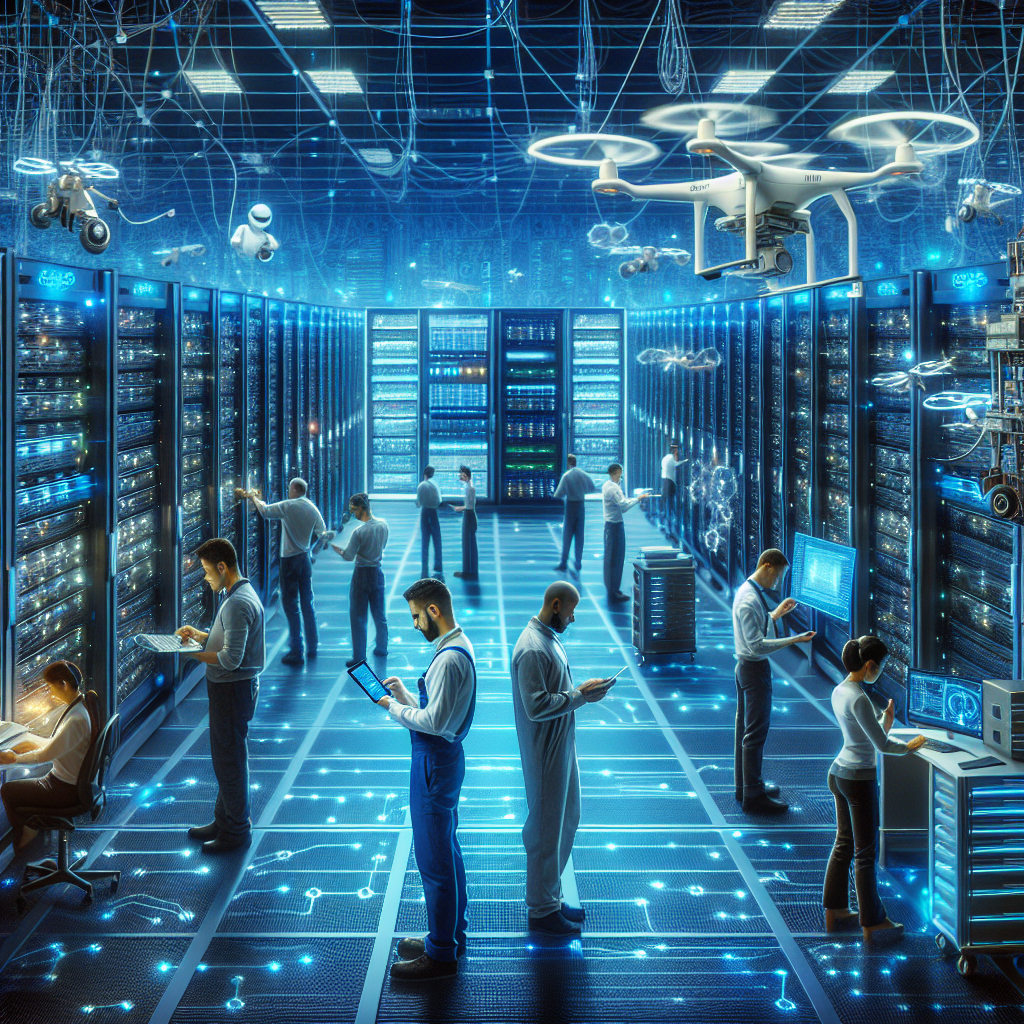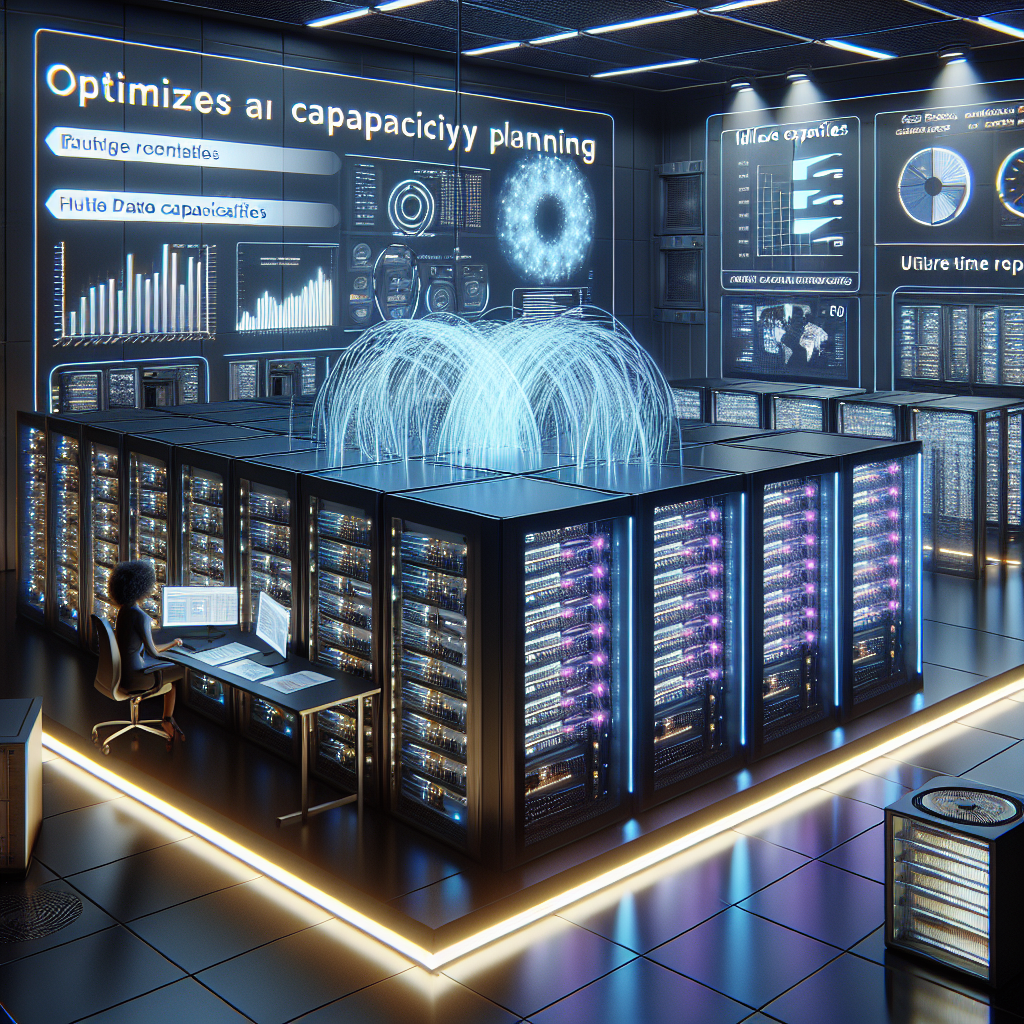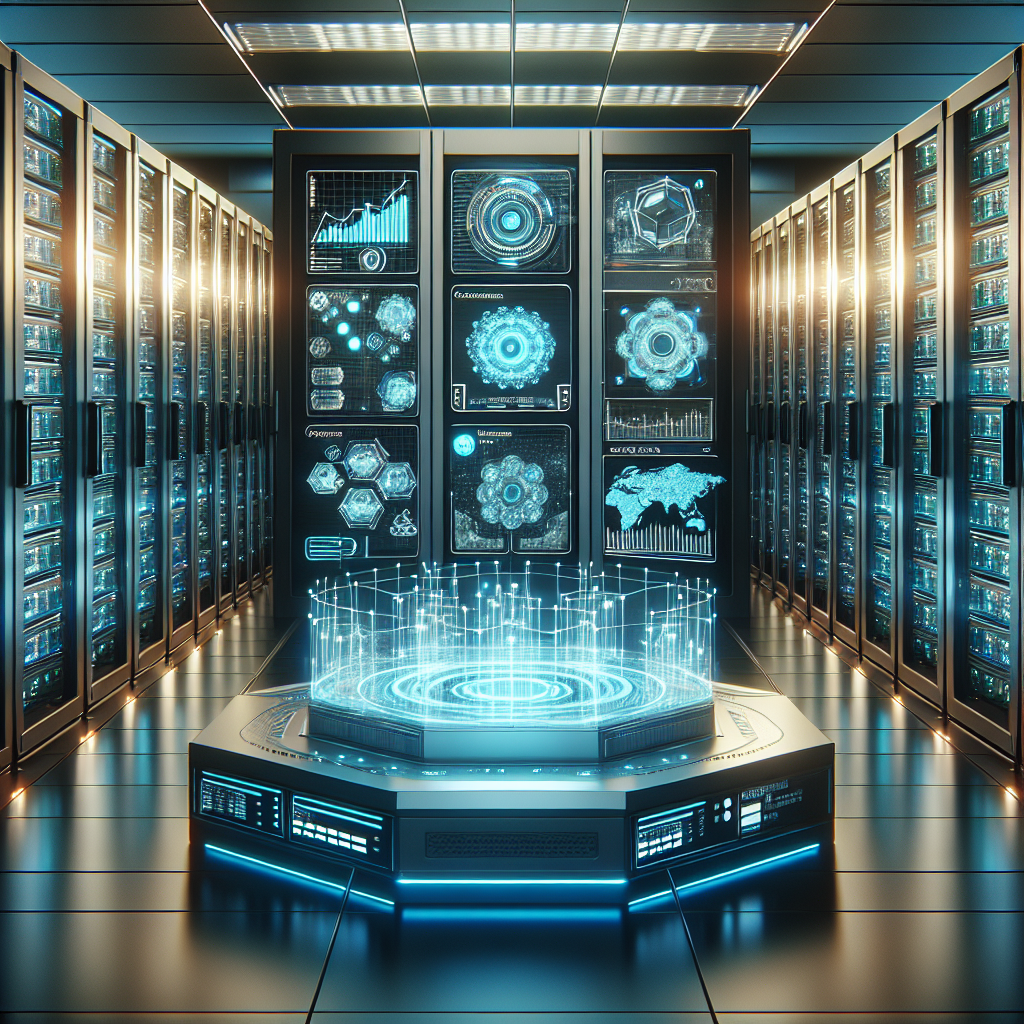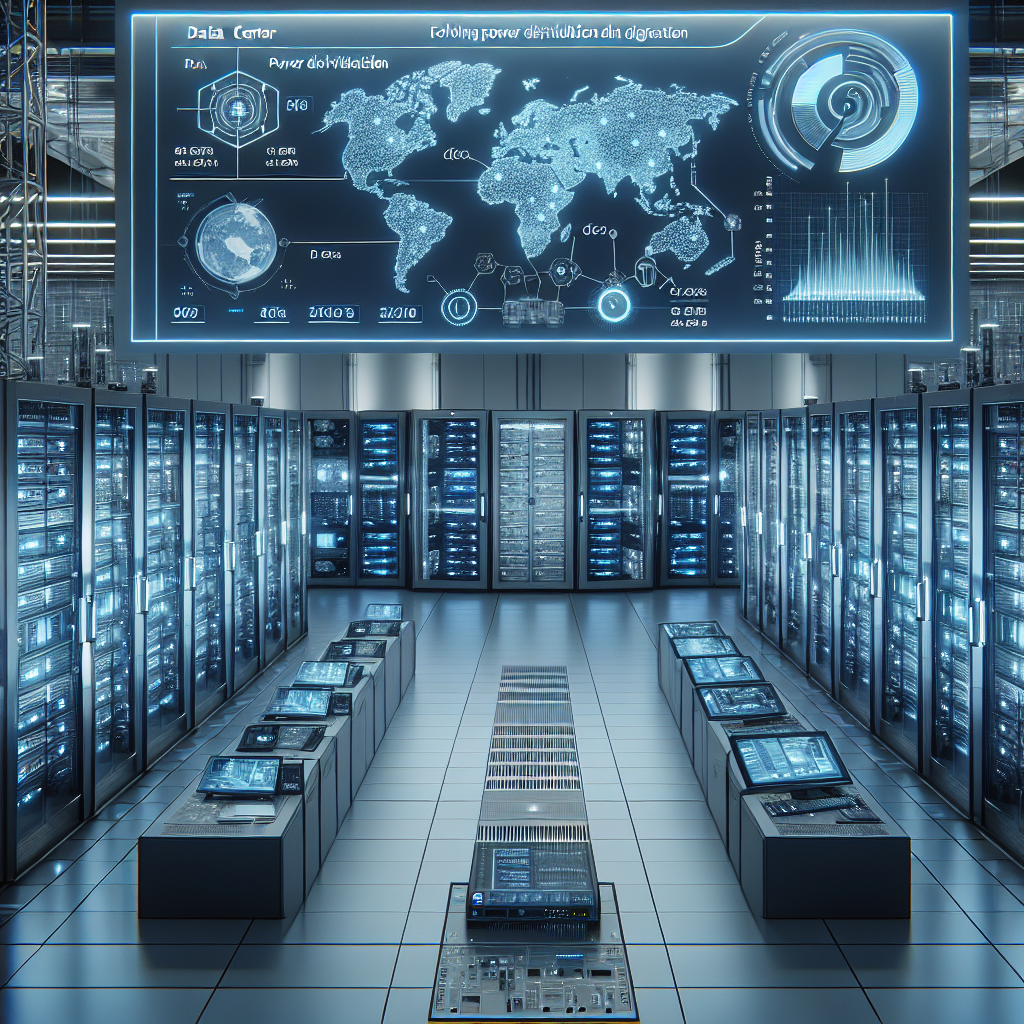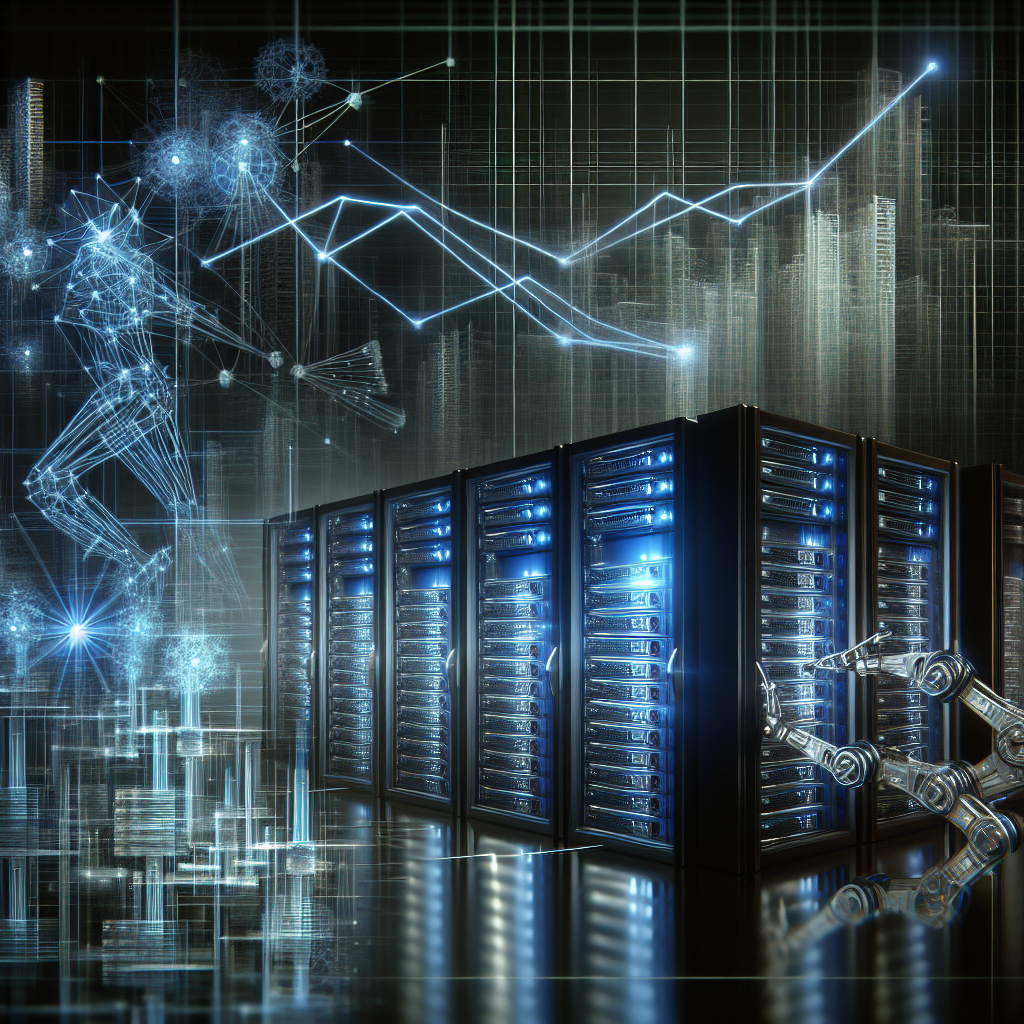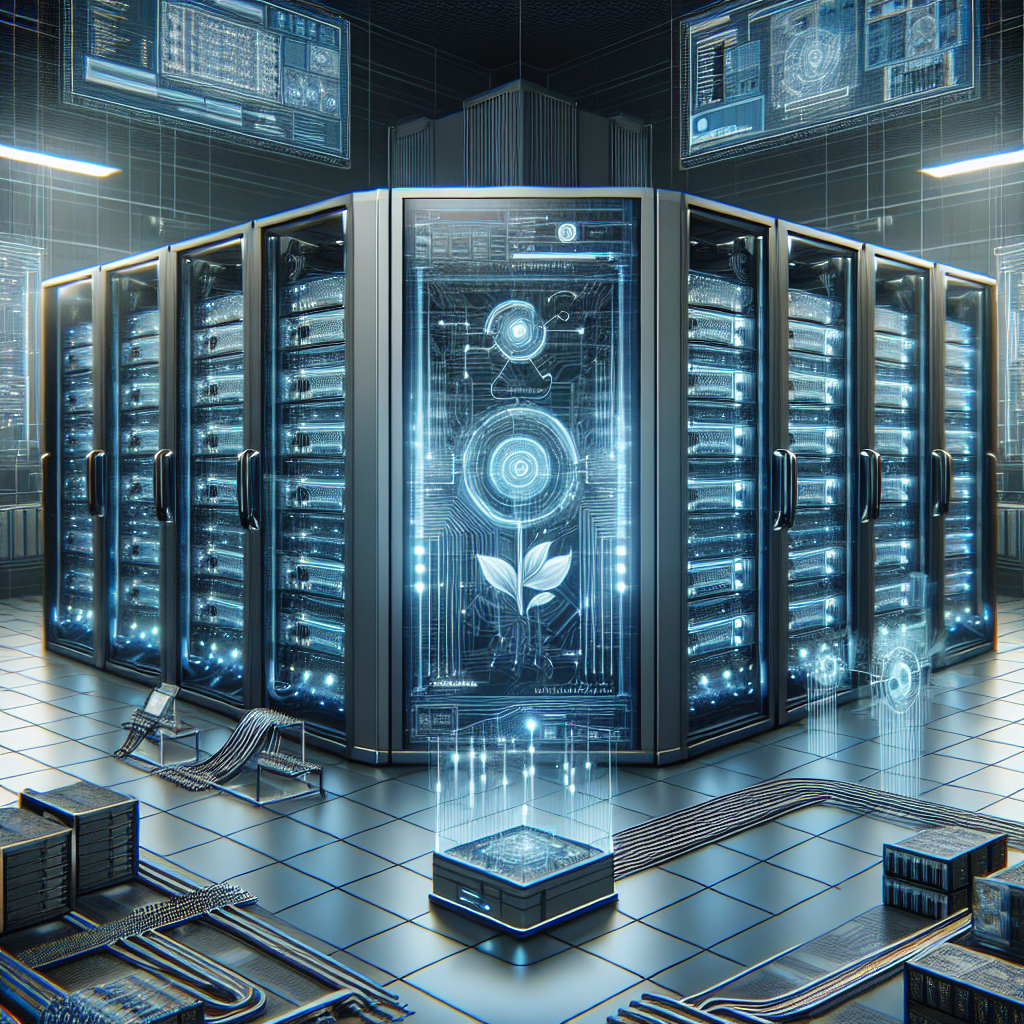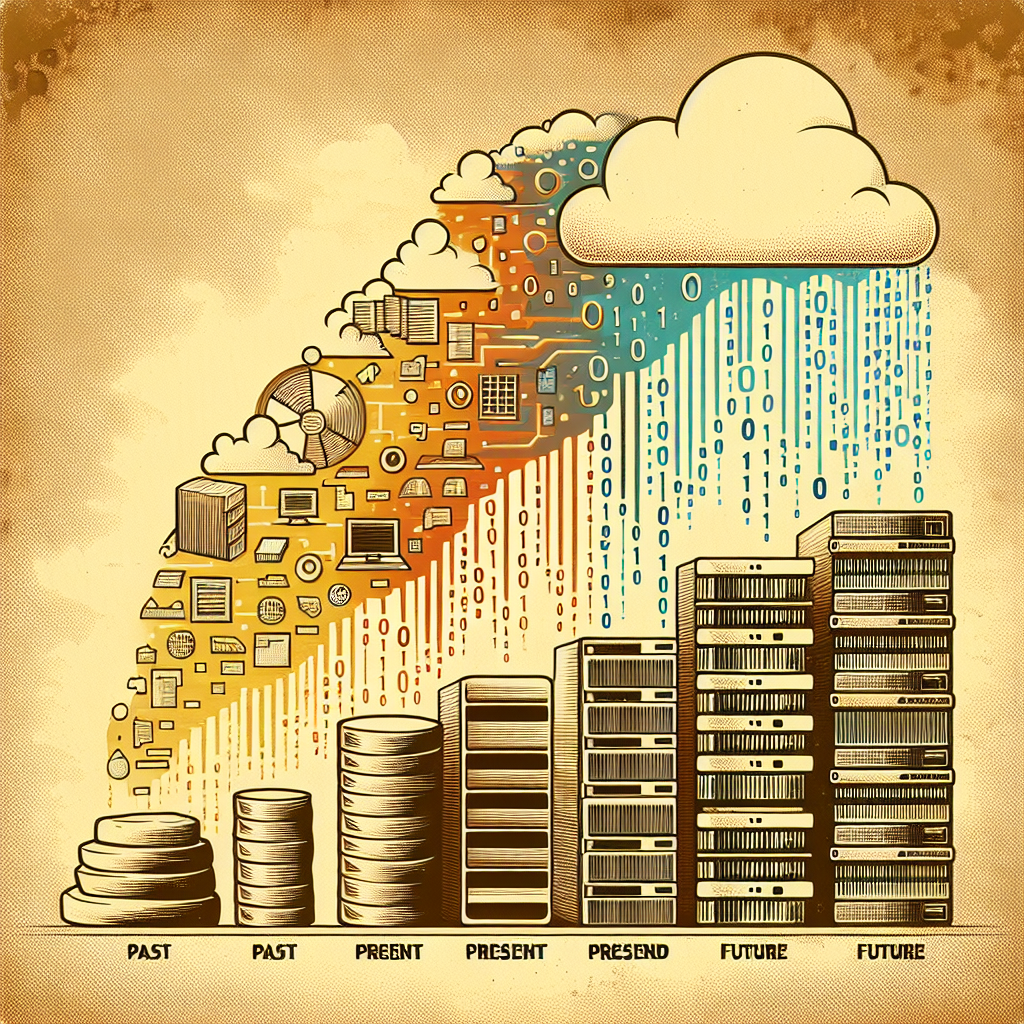The data center monitoring industry is constantly evolving as technology advances, and there are several trends and technologies to keep an eye on in the future. From artificial intelligence and machine learning to the Internet of Things (IoT) and edge computing, the future of data center monitoring is shaping up to be both exciting and transformative.
One of the key trends in data center monitoring is the integration of artificial intelligence and machine learning algorithms. These technologies allow data center operators to analyze vast amounts of data in real-time, identify patterns and anomalies, and make predictive decisions to optimize performance and efficiency. AI and machine learning can also automate routine tasks, such as monitoring server health or detecting security breaches, freeing up IT staff to focus on more strategic initiatives.
Another trend to watch is the rise of IoT devices in data center monitoring. IoT sensors can collect data on temperature, humidity, power usage, and other metrics in real-time, providing valuable insights into the health and performance of the data center infrastructure. By integrating IoT devices with monitoring software, data center operators can proactively address issues before they escalate, improve energy efficiency, and optimize resource allocation.
Edge computing is also poised to revolutionize data center monitoring in the future. Edge computing involves processing data closer to where it is generated, such as in IoT devices or edge servers, rather than sending it back to a centralized data center. This reduces latency, improves performance, and minimizes bandwidth usage. As more organizations adopt edge computing strategies, data center monitoring tools will need to evolve to support this distributed architecture and provide visibility into edge environments.
In addition to these trends, advancements in cloud-based monitoring solutions are also worth keeping an eye on. Cloud-based monitoring tools offer scalability, flexibility, and accessibility, allowing data center operators to monitor their infrastructure from anywhere, at any time. With the increasing adoption of hybrid and multi-cloud environments, cloud-based monitoring solutions will play a crucial role in ensuring the seamless operation of data centers across different platforms.
Overall, the future of data center monitoring looks bright, with AI, machine learning, IoT, edge computing, and cloud-based solutions all poised to revolutionize the industry. By staying ahead of these trends and embracing new technologies, data center operators can ensure the optimal performance, efficiency, and security of their infrastructure in the years to come.
